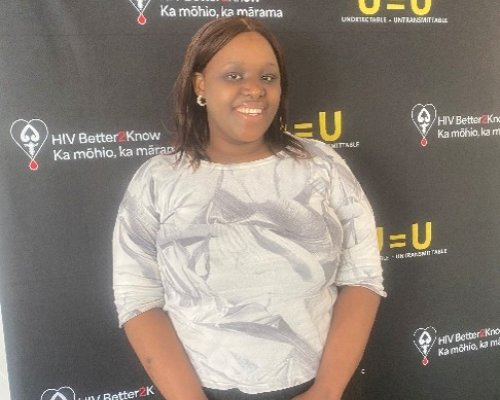HIV in Aotearoa New Zealand: 2024 Update
Summary from the AIDS Epidemiology Group – Newsletter 84 (May 2025)
Each year, the AIDS Epidemiology Group at the University of Otago shares a report on HIV in Aotearoa New Zealand. The latest report looks at HIV diagnoses for 2024 and helps us understand how HIV is affecting different people and communities.
Number of people diagnosed with HIV in 2024
-
95 people were newly diagnosed with HIV in New Zealand:
-
78 men
-
13 women
-
4 transgender women
How did people get HIV?
-
53 people (56%) were men who have sex with men (MSM)
-
23 people (24%) were through heterosexual contact
-
2 babies were born with HIV
-
17 cases had other or unknown causes
People diagnosed overseas
In addition to the 95 people diagnosed in New Zealand,
-
166 people were diagnosed before arriving in New Zealand, but their HIV was newly recorded here in 2024.
-
Most were from Asia, Africa, or Latin America.
-
Encouragingly, 87% were already on treatment and had an undetectable viral load.
This brings the total number of people notified with HIV in 2024 to 261 (95 NZ diagnoses + 166 diagnosed overseas).
What are the trends?
-
New HIV diagnoses in New Zealand have gone down compared to before COVID-19 but are slightly higher than in 2023.
-
Most local transmission is still among MSM, though numbers are decreasing.
-
Heterosexual cases remain steady.
-
Diagnoses among people who inject drugs remain low (just 3 cases).
Late diagnosis is still a concern
-
42% of MSM diagnosed in New Zealand and 50% of heterosexual cases were diagnosed late, meaning their immune system was already weakened.
-
Late diagnosis makes treatment more urgent and can lead to worse health outcomes.
Two babies born with HIV
-
These are the first locally born cases since 2007.
-
Both mothers were unaware of their HIV status during pregnancy.
AIDS diagnoses
-
28 people were diagnosed with AIDS in 2024.
-
Most of these people had been living with HIV without knowing.
-
71% received an AIDS diagnosis within three months of finding out they had HIV, showing the need for earlier testing.
Summary:
In 2024, 261 people were notified with HIV in Aotearoa—95 diagnosed locally and 166 diagnosed overseas. While the number of local diagnoses remains lower than in past years, the increase in overseas diagnoses needs closer attention, especially to ensure support, treatment, and access to services.
Other areas of concern include the high rate of late diagnosis and the return of mother-to-child transmission. These findings highlight the importance of early testing, better screening in pregnancy, and ongoing culturally appropriate prevention and education, especially for communities at higher risk.
For more details click here




